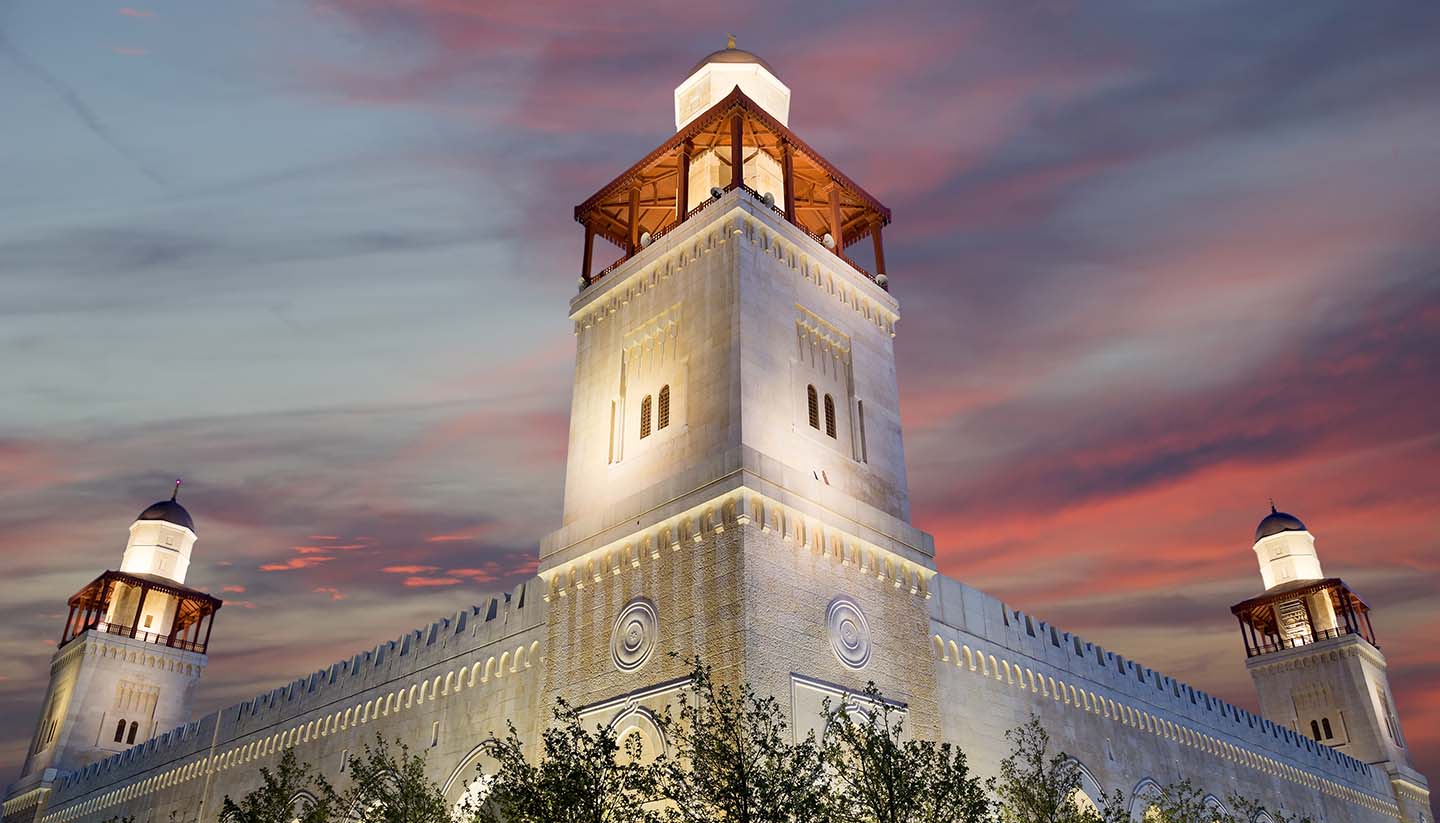Amman Travel Guide
About Amman
Amman, the capital of Jordan, is the Middle East for beginners. As one of the oldest continually inhabited cities in the world, it now finds itself as a cross between traditional Arabic sensibilities and Western commercialism.
Divided between western Amman, with its modern cafés, bars and malls, and eastern Amman, where traditional Jordanian culture is still deeply rooted, the best way to get a sense of it all is to take to the streets, starting downtown.
Amman’s historical heredity is embedded in the crumbling Citadel (Jabal al-Qal'a) and the ruins of the Temple of Hercules; the nearby archaeological museum joins the chronological dots together. Downtown also exposes its Roman roots with the imposing Forum and impressive Theatre.
This is a capital that charms the curious into simply wandering around, perhaps stopping for a na'na-flavoured tea.
Amman’s history is as rich as its ambrosial cuisine, which is sprinkled generously with outside influences. Whether it’s the olives and garlic of Mediterranean gardens, or Persian spices such as cinnamon and saffron, meal times are an event in themselves. Typically, they’re feasts of fresh mezze, mopped up with khubz (pita) and washed down with cardamom coffee.
Thousands of years old, Amman has managed to retain both its authenticity and its small town charm. It isn't uncommon to see luxury hotels shadow traditional coffee shops where elderly men still sit to play backgammon. Old Arabia can be found in the city’s souks, among its handmade crafts and Bedouin jewellery.
Founded on seven hills, urban creep means Amman now sprawls over about 20 surrounding mounds, but beyond its borders, explorers can get a real sense of Jordan by trekking the nearby jebels (hills) where flat roads are a rarity.
As one of the easiest cities to explore in the region, Amman allows visitors to get lost in a truly Middle Eastern experience.


